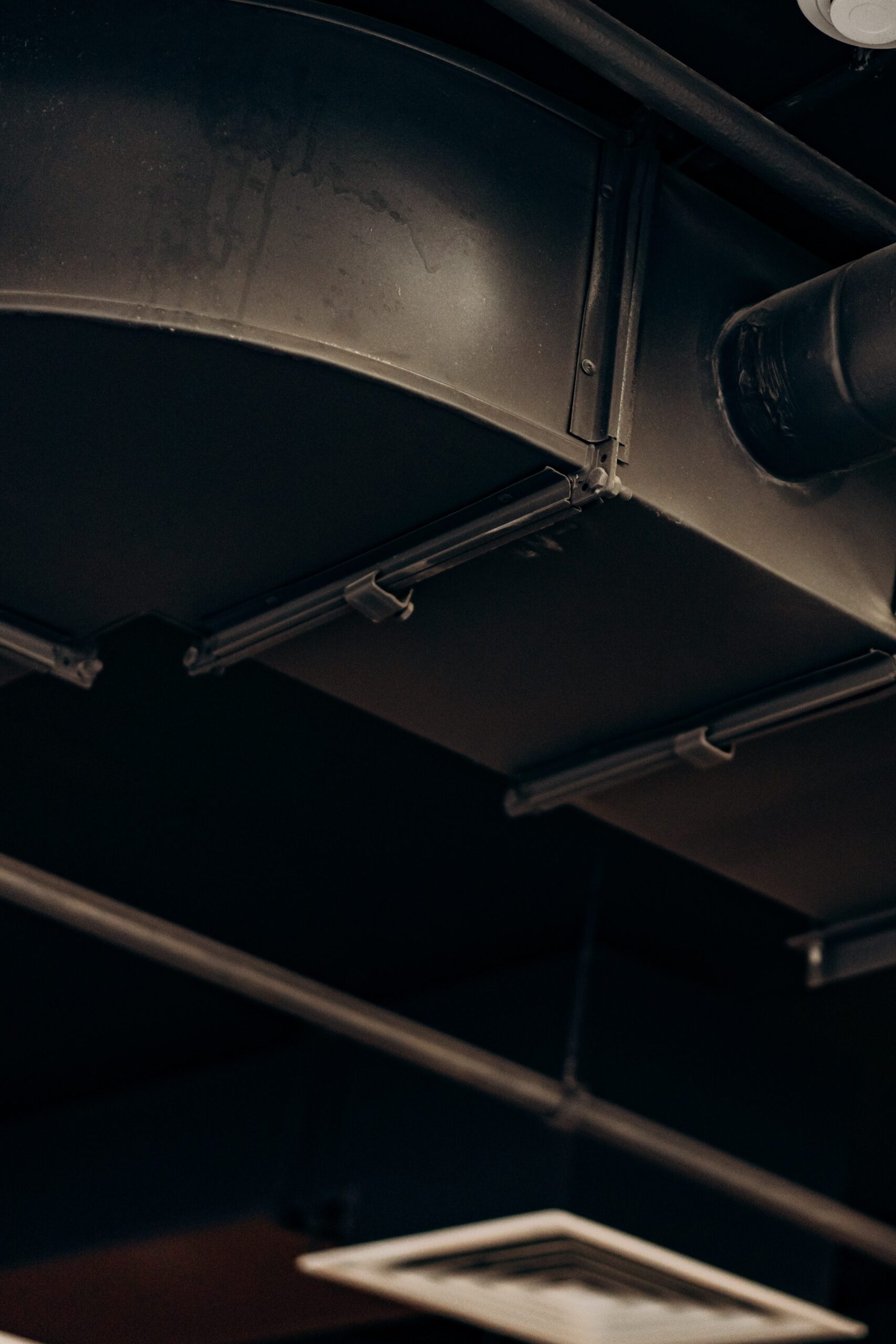
Leaky Ducts
When it comes to optimizing home performance, there are several factors to consider, and one often overlooked aspect is duct leakage. Those hidden leaks in your ductwork can have a significant impact on energy efficiency, indoor air quality, comfort, and even moisture levels within your home. In this blog post, we’ll uncover some little-known facts about duct leakage and why it’s essential to address this issue for a healthier, more efficient home.
Did you know that duct leakage can be responsible for up to 30% of energy loss in residential HVAC systems? Imagine that—a significant chunk of your hard-earned money is flying out through tiny gaps in your ductwork! By sealing and insulating your ducts, you can dramatically improve energy efficiency and reduce those sky-high utility bills. Also, leaky ducts can act as a gateway, allowing unconditioned air from attics, crawl spaces, or wall cavities to infiltrate your home. Unfortunately, these areas often harbor dust, mold spores, and harmful volatile organic compounds (VOCs). The result? Compromised indoor air quality, which can trigger respiratory issues and allergies. By sealing those leaks, you’ll help ensure that the air circulating in your home is clean and healthy.
Have you ever experienced rooms in your home that are always too hot or too cold, no matter how much you adjust the thermostat? Uneven airflow caused by leaky ducts can create frustrating comfort imbalances. Rooms farther from the HVAC system may receive inadequate heating or cooling, while rooms closer to it might experience excessive airflow. Properly sealed ductwork helps distribute conditioned air evenly throughout your house, giving you consistent comfort in every corner.
And not just that, but leaky ducts don’t just affect temperature and air quality; they can also lead to moisture-related issues. When warm, humid air seeps into your ductwork through leaks, condensation can occur when it comes into contact with cooler surfaces. This moisture buildup can pave the way for mold growth, corrosion, and structural damage within your ducts. By addressing duct leakage, you’ll protect your home from these potential hazards.
Detecting and quantifying duct leakage requires professional expertise and specialized equipment. Skilled technicians use techniques like blower door tests, duct blaster tests, or thermal imaging to assess the extent of leakage in your home’s ductwork system. These tests provide invaluable insights that help develop effective sealing and repair strategies tailored to your specific needs.
Now what can we do about it?
When it comes to sealing ducts, not all materials are created equal. Bid farewell to the myth of duct tape as a reliable solution—it simply doesn’t stand the test of time. Instead, professionals recommend using mastic sealants or aerosol-based sealants, combined with mechanical fasteners, to achieve durable and long-lasting results. Comprehensive sealing should cover all accessible leaks, including connections, joints, and seams, ensuring optimal performance and efficiency. While sealing your ducts is essential, don’t overlook the benefits of insulation. Insulating your ductwork further enhances energy efficiency by preventing heat transfer to or from the ducts, reducing energy losses. Fiberglass, foam board, or reflective barriers can be used to wrap the ducts, creating an additional layer of thermal protection. However, it’s important to adhere to local building codes and guidelines when insulating your ductwork.
Truly, duct leakage is a silent saboteur, undermining your home’s performance in various ways. By understanding its impact on energy efficiency, indoor air quality, comfort, and moisture levels, you can take proactive steps to address this oft-overlooked issue. Reach out to a qualified HVAC professional or if you’re in the Mid-Atlantic, reach out to us at Breathe Clean to assess your specific situation, conduct accurate testing, and provide appropriate recommendations for sealing and insulating your ductwork. With our expertise, you’ll pave the way for a healthier, more efficient home that ensures comfort and savings for years to come.
